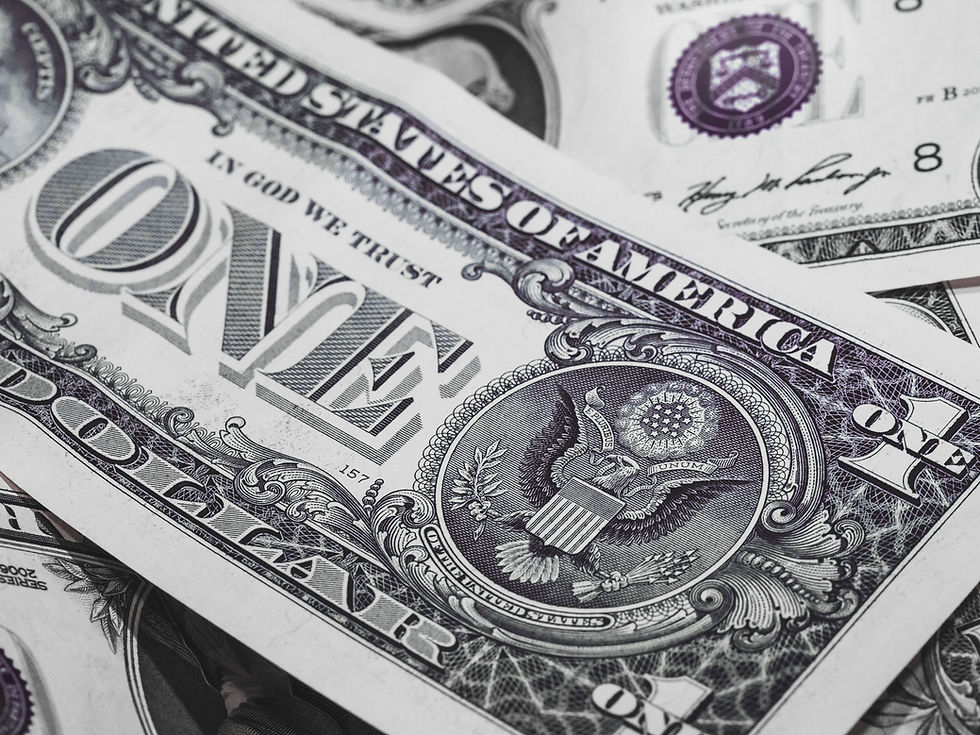Fixed Assets. Boooooooring. Sort of...
- Admin

- Nov 30, 2021
- 2 min read
Updated: Aug 23, 2022

So you've just purchased a fixed asset, that's exciting! Wish I could say the same about keeping track of those assets in your accounting software. I may be exaggerating here a bit but the point of the next lesson is to help simplify the process so you and your CPA spend the least amount of time figuring out depreciation and the gain/loss on fixed asset disposals.
If you maintain your own depreciation schedule you can click the snooze button on this one. If your CPA maintains your fixed asset detail then you may find some useful information here.
Before you start capitalizing everything moves, you should consider what your capitalization policy is. Don't have one? Well you're in luck, the IRS has de minimis rules for reviewed and audited financial statements. Your CPA can help you through this process! It's worth spending the time upfront to come up with a policy because the last thing you want is a depreciation schedule with a purchase of $450 for a small tool being depreciated over 5 years! Yikes! That's not a pretty sight folks.
If you've got a nice system down for calculating depreciation and other fixed asset activity, that's great! If not, I think it would best to provide your CPA with the following information throughout the year. Spend some time accumulating the following information, at least once a quarter, and send it off to your CPA to have a great time! The idea behind all of this is that there's a lot more to your business than depreciation so let's speed up the process!
Purchases
Asset Type: Vehicles, Machinery and Equipment, Furniture, Building, or Leasehold Improvements.
Asset Name: The more detail the better. Don't just put "Ford F-150." I'm sure you've got 20 of them. Instead put the year, the model, and the last 6 digits of the VIN number. The same should apply to equipment purchased. Always do your best to include the last few digits of the serial number. Furniture can be tricky but still do your best to put as much detail as possible.
Date in Use: This is the date when the asset was put into use. If the exact date isn't known, one of the next best estimates is the date of purchase.
Amount: This is the amount paid for the asset. Will vary depending on asset type. Always best to consult your CPA.
Disposals
Asset Name/Number: The asset name as it appears on the depreciation schedule. You probably have a unique fixed asset number as well that's included on the schedule you can use.
Date Disposed: This is the date you got rid of your asset, whether it was sold or scrapped.
Proceeds: If any, should be the amount net of any costs associated from the sale.
Trade Ins: If you traded in an old vehicle to purchase a new one, provide the value of the trade in the dealership applied to the total sales price.
There's a lot more to fixed assets that I'm sure I'll need to cover down the road. So stay tuned!



Comments